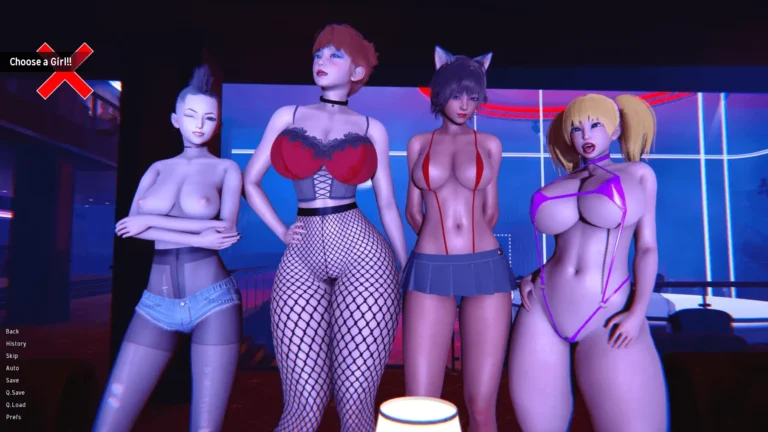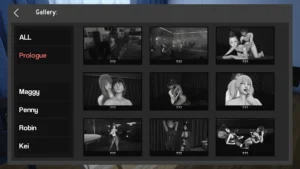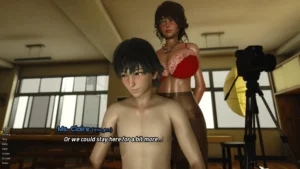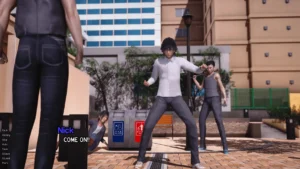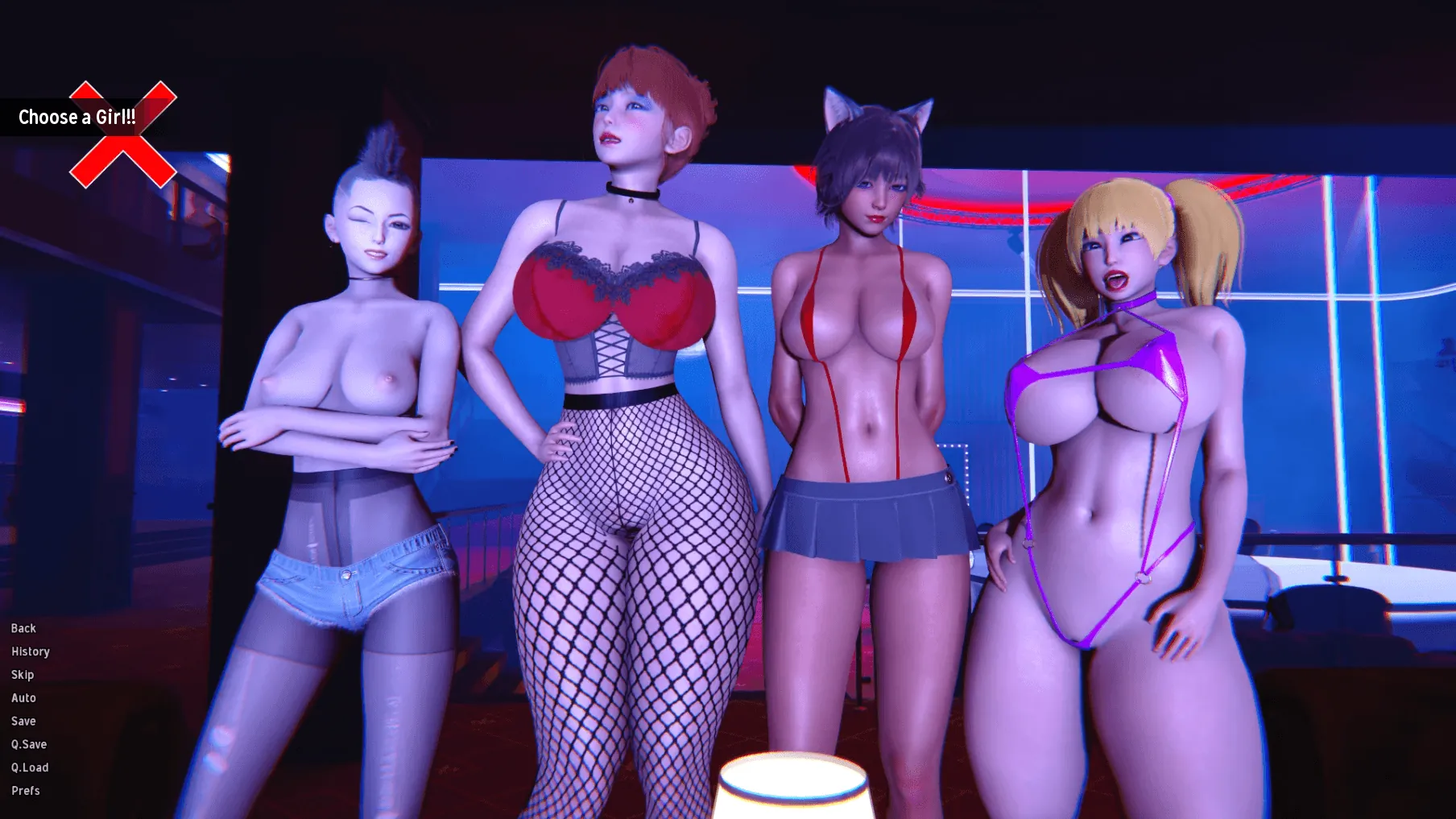
The Sin Within
Play The Sin Within
The Sin Within review
Exploring the Intricacies of a Controversial Game
In the realm of digital entertainment, few titles have sparked as much debate as ‘The Sin Within’. This game, known for its provocative themes and explicit content, has drawn both criticism and curiosity. As we delve into its world, we explore not just its gameplay but also the cultural and social implications it raises.
Understanding ‘The Sin Within’
What is ‘The Sin Within’?
Picture this: You’re scrolling through game trailers, and suddenly—bam!—you see The Sin Within. It’s not your typical RPG or shooter. 🎮 Instead, it drops you into a psychological maze where every shadow whispers secrets, and every choice feels like walking on broken glass. 💥 I remember booting it up for the first time, half-expecting cheap thrills—but wow, was I wrong. This isn’t just about shock value; it’s a raw, unflinching dive into human nature’s darkest corners.
Set in a decaying city ruled by corrupt elites, you play as Alex, a detective wrestling with addiction while hunting a serial killer. The rain-slick streets and flickering neon aren’t just backdrop—they’re metaphors for moral decay. 🌧️⚡ What hooked me? The game’s refusal to sugarcoat. It holds up a mirror to society’s hypocrisies, forcing players to confront uncomfortable truths. And yeah, that’s exactly why it’s sparked wildfire debates—but we’ll get to that.
Gameplay Mechanics and Features
Alright, let’s crack open The Sin Within gameplay—because honestly, it’s genius how it blends tension with player agency. 🕹️ Think Disco Elysium meets Silent Hill, but with a twist: your sanity meter literally warps the world. Ignore your character’s mental health? Hallucinations start distorting clues, turning a simple investigation into a nightmare funhouse. 😵💫
Here’s the kicker: every dialogue choice ripples through the story. During one playthrough, I snapped at a suspect—justified, I thought!—only to trigger a chain reaction where allies turned hostile. The game doesn’t judge; it adapts. You’re not just solving crimes; you’re battling your own demons.
Key features that redefine The Sin Within gameplay:
– Dynamic Morality System: Steal evidence to save time? Your character’s ethics erode, altering endings.
– Environmental Storytelling: Flick through diaries or overhear NPC arguments—no exposition dumps!
– Sanity Mechanics: Push too hard, and reality glitches. One minute you’re chasing a suspect; next, walls bleed.
| Feature | Impact on Playthrough |
|---|---|
| Non-linear Clue System | Miss one detail? Entire subplots vanish forever. |
| Addiction Mini-games | Fail a willpower check? Skills degrade until you relapse. |
| Procedural NPC Reactions | Wear bloodstained clothes? Civilians panic or attack. |
And that player engagement strategies? Pure brilliance. Instead of grinding, you unlock deeper lore by making worse choices. Tempted to betray a friend for power? Do it—the game rewards your ruthlessness with twisted perks. 🔥
Themes and Controversy
Let’s address the elephant in the room: The Sin Within controversy. When trailers dropped showing Alex injecting drugs to “sharpen instincts,” media outlets exploded. 🗞️💣 “Glorifying addiction!” screamed headlines. But having played it? Nah. It portrays dependency as a suffocating trap—every dose blurs your vision, and withdrawal minigames made my hands shake IRL. That’s not glamor; it’s a gut-punch warning.
The game leans hard into adult game themes: institutional corruption, sexual violence, and moral relativity. One subplot involves a trafficking ring disguised as a charity—a choice forced me to either expose them (risking witnesses’ lives) or take a bribe (letting it continue). I sat frozen for 10 minutes. That’s the power of provocative game content: it doesn’t just show darkness; it makes you complicit.
But here’s where The Sin Within controversy gets messy. Critics argue it “normalizes depravity.” Fans fire back: “It examines it!” Personally? Games like this expose society’s double standards. We accept grim themes in films like Joker, but panic when interactive media holds the same lens to our faces. 👁️ The real issue isn’t the content—it’s whether we trust players to process nuance.
Case Study: Handling Consent
Early on, Alex flirts with a informant. You can choose “Press for info” or “Back off.” Pick the former, and she snaps: “Stop. Now.” Fail to comply? The mission ends—you’re reported for harassment. No rewards, just consequences. It’s a masterclass in teaching boundaries through mechanics, not lectures.
Now, the societal impact of adult games? They’re cultural litmus tests. When The Sin Within donated 20% of profits to addiction charities, trolls raged: “Hypocrisy!” Yet therapists I’ve spoken to praise its unvarnished portrayal of trauma. One even uses its choice scenarios in recovery workshops. 🌱 That’s the duality—it can disturb, but also heal.
As for game development challenges, creating this demanded insane care. Writers interviewed survivors of abuse; consultants vetting every trigger warning. One dev told me: “We rewrote the cult storyline three times. Getting horror right? Easy. Getting trauma right? That’s Everest.” 🏔️
Ultimately, The Sin Within isn’t just a game—it’s a battleground for art’s limits. Love it or hate it, it forces a conversation we’ve been avoiding. And isn’t that what provocative art should do? 💥
In conclusion, ‘The Sin Within’ is a complex game that challenges societal norms and raises important questions about the nature of digital entertainment. Whether you view it as a form of artistic expression or a source of controversy, understanding its impact is crucial for fostering a more inclusive and informed gaming community.
